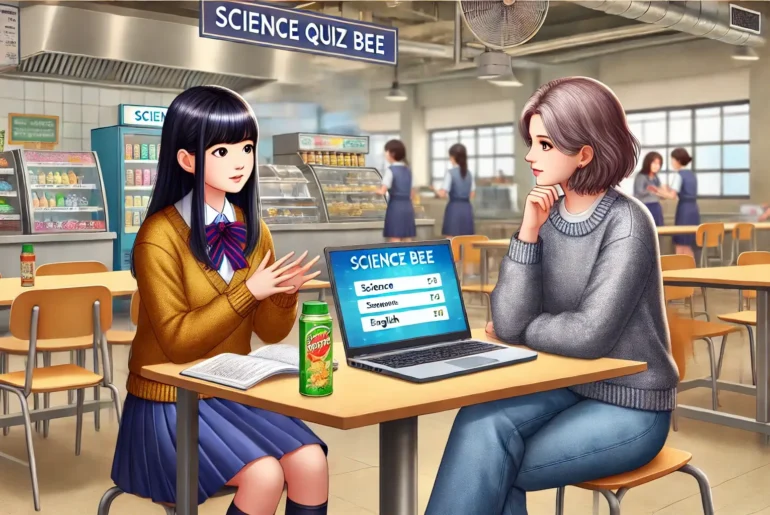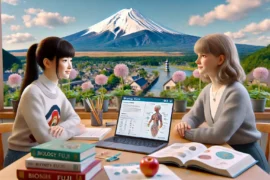Science Quiz Bee
Delving Deeper into Science: A Journey of Discovery
Introduction
Science is more than just facts and figures; it’s a method of understanding the world around us. Whether you’re curious about the composition of the Earth’s crust or the inner workings of a cell, science provides the tools to satisfy that curiosity. This article explores some of the key concepts featured in the quiz, offering insights and examples that will deepen your understanding and appreciation of the natural world.
The Earth’s Crust: A Complex Layer
The Earth’s crust is the outermost layer of our planet, and it’s composed of various elements, with oxygen being the most abundant. Oxygen, combined with silicon, forms silicate minerals, which are the most common in the Earth’s crust.
Example
Think of the Earth’s crust as a giant jigsaw puzzle made up of rocks and minerals. Each piece of the puzzle is a different mineral, with silicates making up the majority.
The Process of Transpiration
Plants play a crucial role in the water cycle through a process called transpiration. This is where water vapor is released from plant leaves into the atmosphere. It’s an essential process that helps regulate temperature and maintain nutrient flow within the plant.
Example
Imagine a plant as a natural air conditioner. As water evaporates from its leaves, it cools down the plant and helps it draw up water from the roots.
Understanding Non-renewable Resources
Non-renewable resources like coal are formed over millions of years and cannot be replenished within a human lifetime. Once they are used, they are gone for good, which is why there is a push toward renewable energy sources.
Example
Burning coal for energy is like spending a large inheritance all at once. Once it’s gone, it’s gone, and there’s no way to get it back quickly.
Chemical Bonds: The Ties That Bind
Atoms in a molecule are held together by chemical bonds, with covalent bonds being one of the strongest. In a covalent bond, atoms share electrons, creating a stable balance of energy.
Example
Water is an excellent example of a molecule held together by covalent bonds, where each hydrogen atom shares an electron with oxygen.
The Mighty Mitochondria
Often called the powerhouse of the cell, mitochondria are organelles that produce the energy cells need to function. They convert nutrients into ATP (adenosine triphosphate), which cells use as a fuel source.
Example
Mitochondria in cells are like power plants in a city, providing the energy necessary to keep everything running smoothly.
Saturn’s Moons: A Vast Collection
Saturn is not only known for its stunning rings but also for its vast number of moons. With over 80 moons, Saturn holds the record in our solar system.
Example
Titan, Saturn’s largest moon, is so big that it even has a thick atmosphere, making it one of the most intriguing moons in the solar system.
Conclusion
Science is a vast and fascinating field that touches every aspect of our lives. From the tiny cells in our bodies to the distant planets in our solar system, science helps us understand the universe and our place in it. By exploring the topics covered in this quiz, students can build a solid foundation for future learning and discovery. Keep questioning, keep exploring, and never stop being curious about the world around you.








Comments are closed.